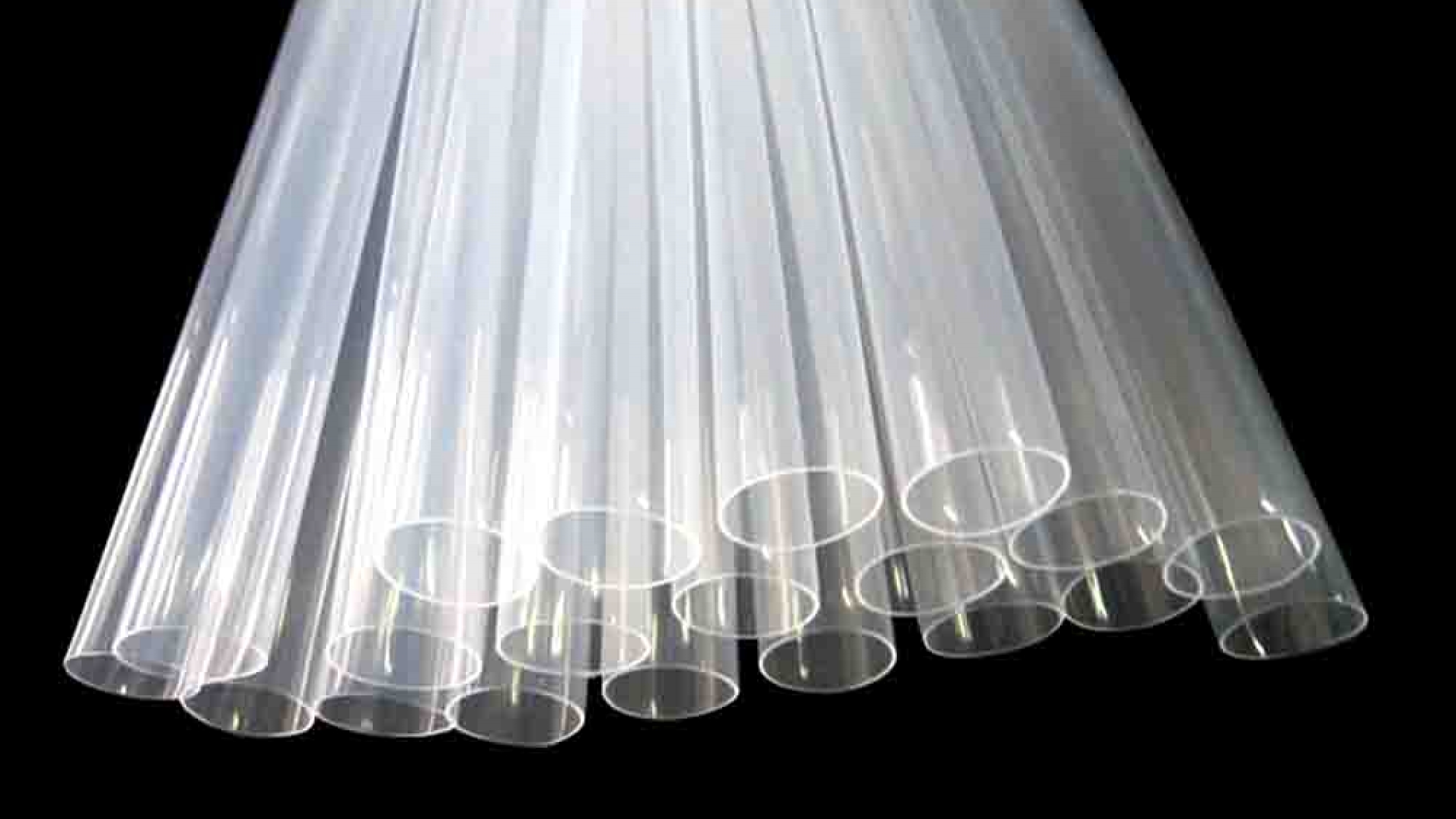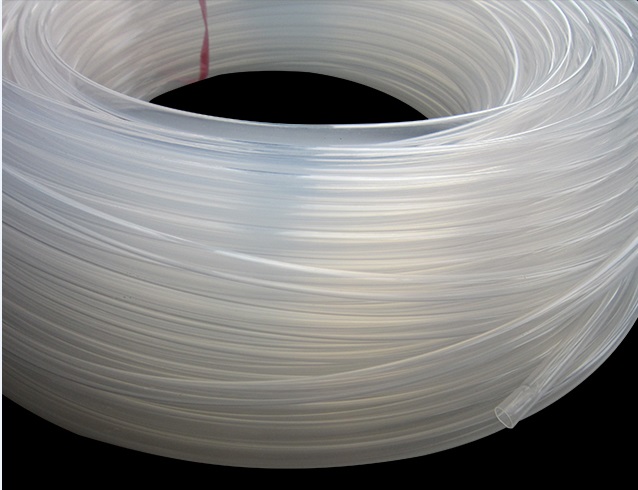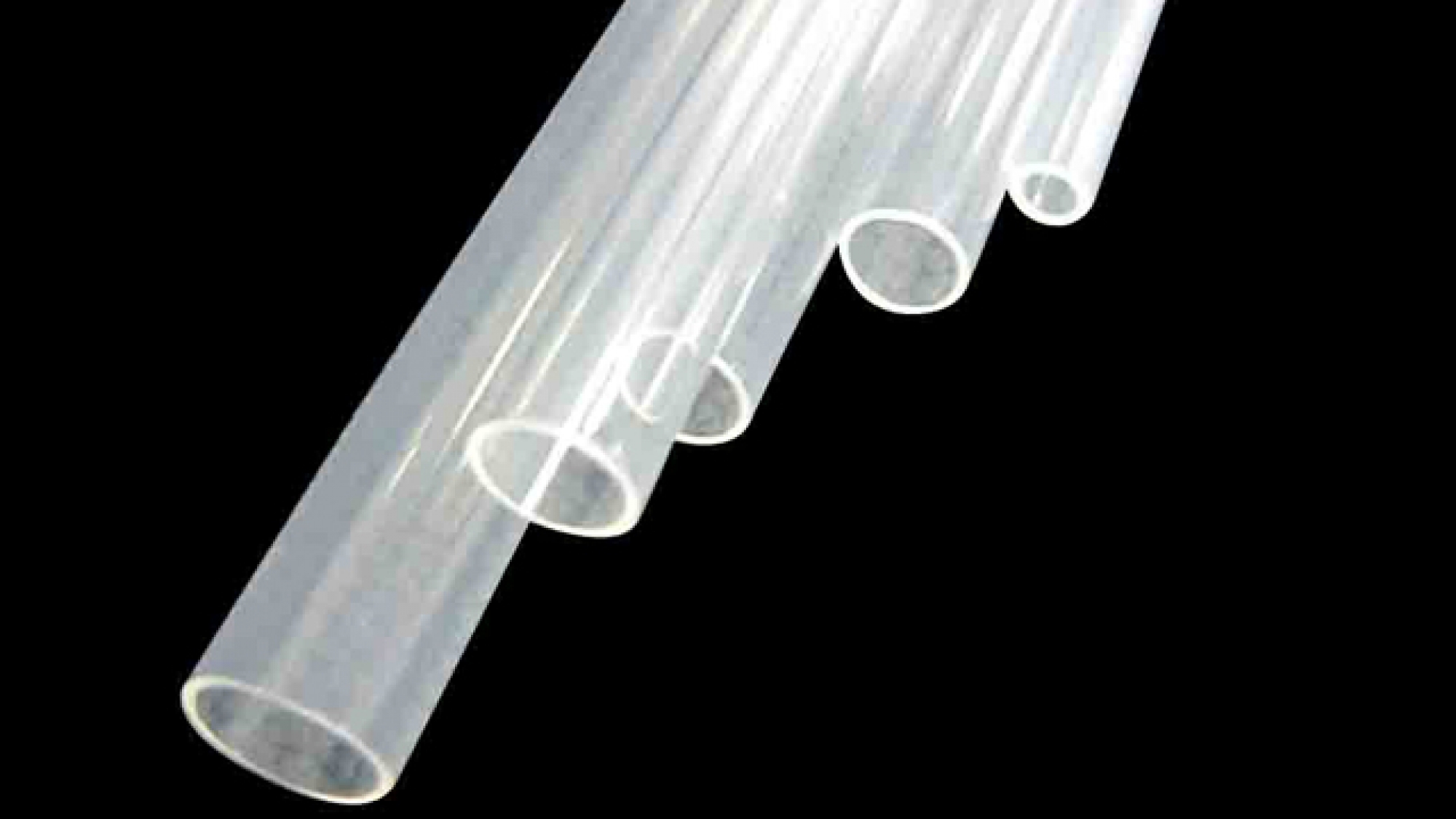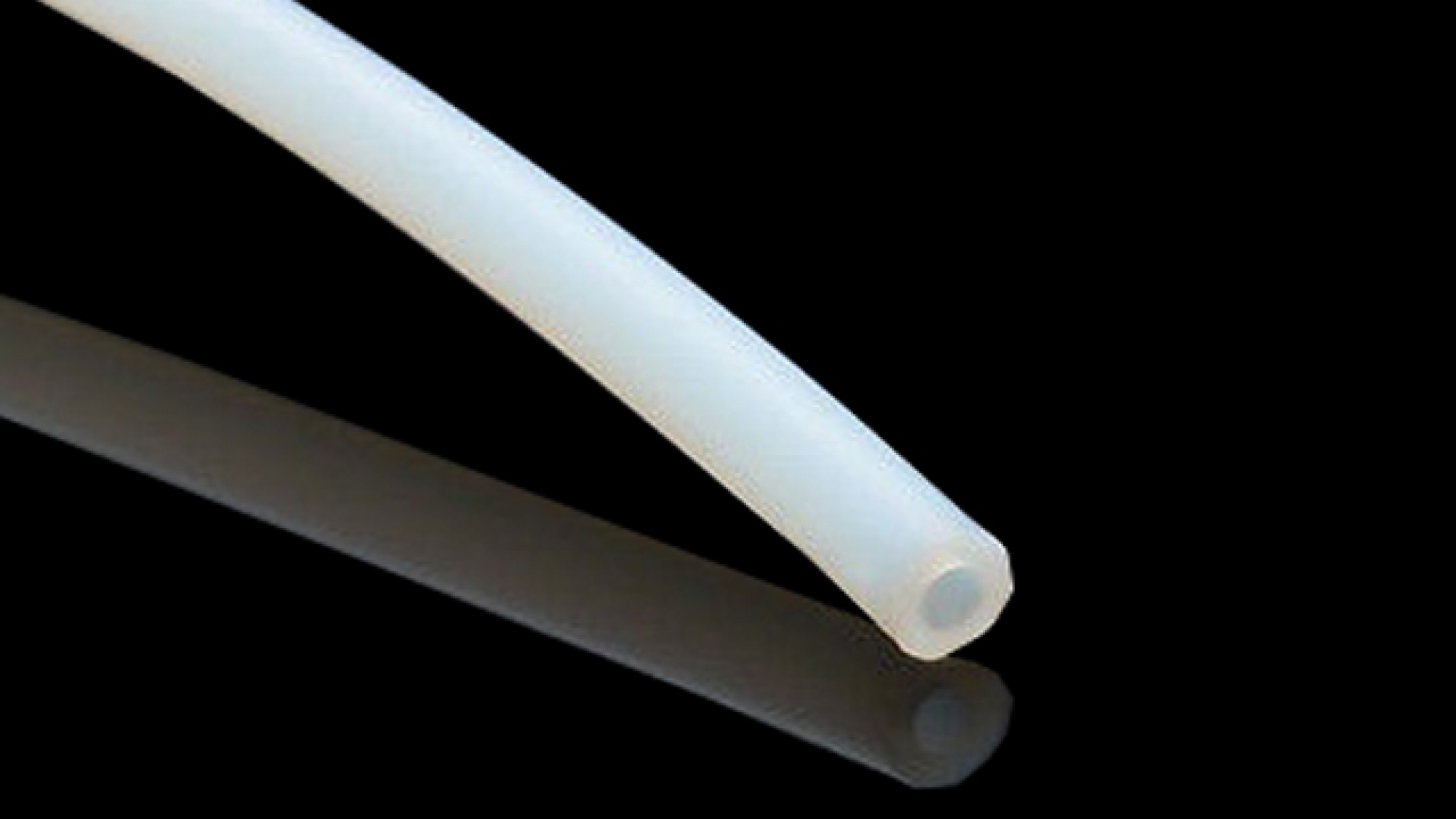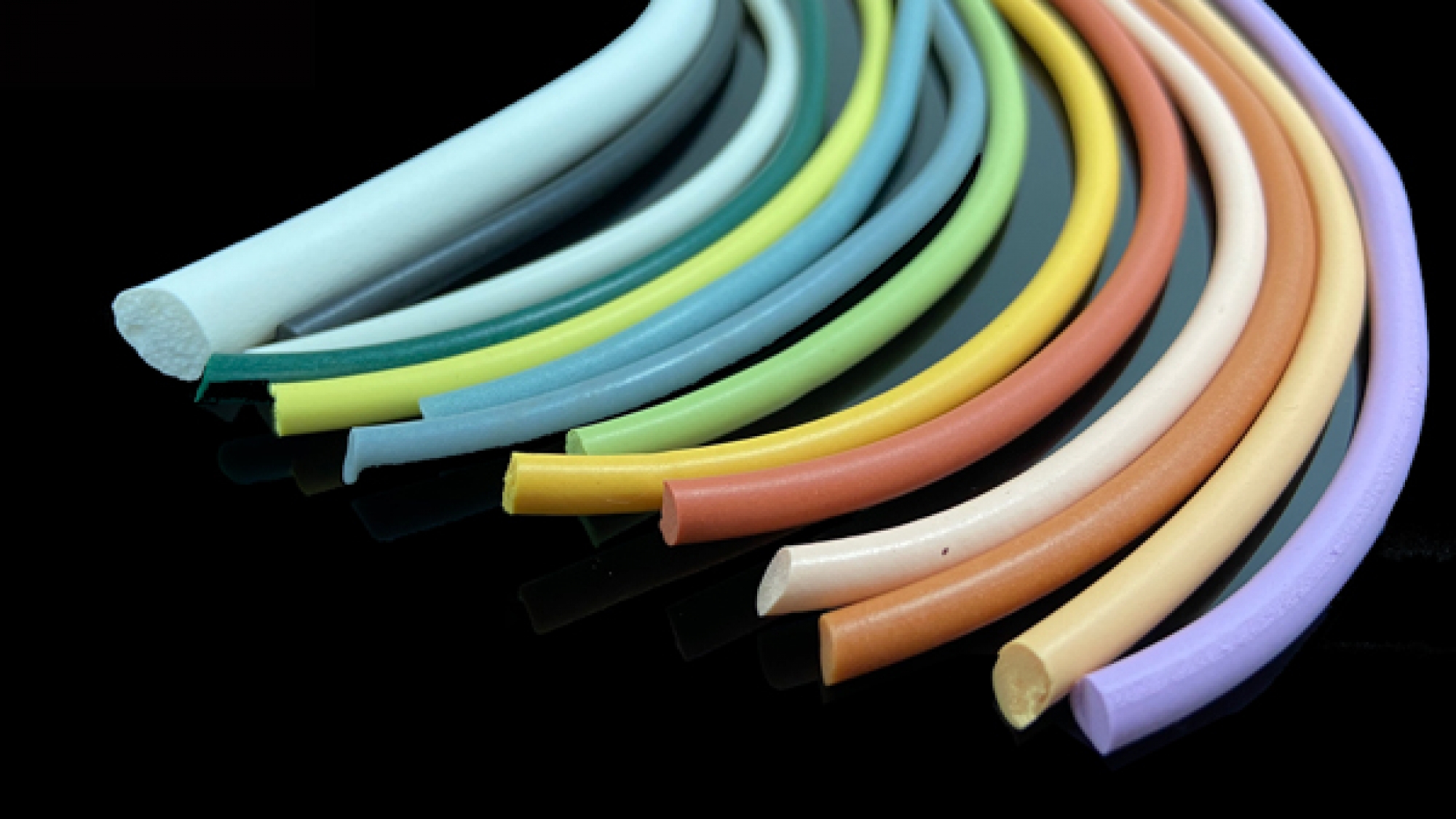If it is used as a shrink tube, you must choose a suitable tube, otherwise not only the desired effect will not be achieved, but also premature aging and failure may occur. The one I want to recommend to everyone here is the FEP pipe, which is a two-layer pipe made of fluoroplastics and has excellent performance in all aspects.
If it is a shrink tube of general material, it will inevitably turn yellow after a period of use, resulting in a decrease in the light transmittance of the tube. But if the FEP tube is used as a shrink tube, the result is completely different.
After testing, it is found that FEP tube has good weather resistance and strong ability to withstand ultraviolet rays. Therefore, even if it is used for a long time,FEP tube will not appear aging, deterioration, yellowing and other undesirable phenomena.
The wall thickness of the FEP pipe is very uniform, and the difference in rupture strength is generally small, so even if it is ruptured, there will be no splashing, which greatly improves the safety.
But this kind of fluorine plastic raw material product has a characteristic, it must undergo secondary processing to get the desired product. In fact, FEP pipe is processed in this way, and the secondary processing technology used is inflation.
Due to the processing characteristics of fluoroplastics, some products are difficult to form at one time and require corresponding secondary processing technology. In addition to the inflation technology used to make FEP pipes, it also includes cutting, welding, lining and other technologies.
The cutting method here is similar to the metal cutting method, but it should be noted that the blank body must be placed for 24 hours before cutting; welding is done in a special clamp, and a certain pressure must be applied Only possible; the main lining is made of ferrous metal, mainly for anti-corrosion effect.

